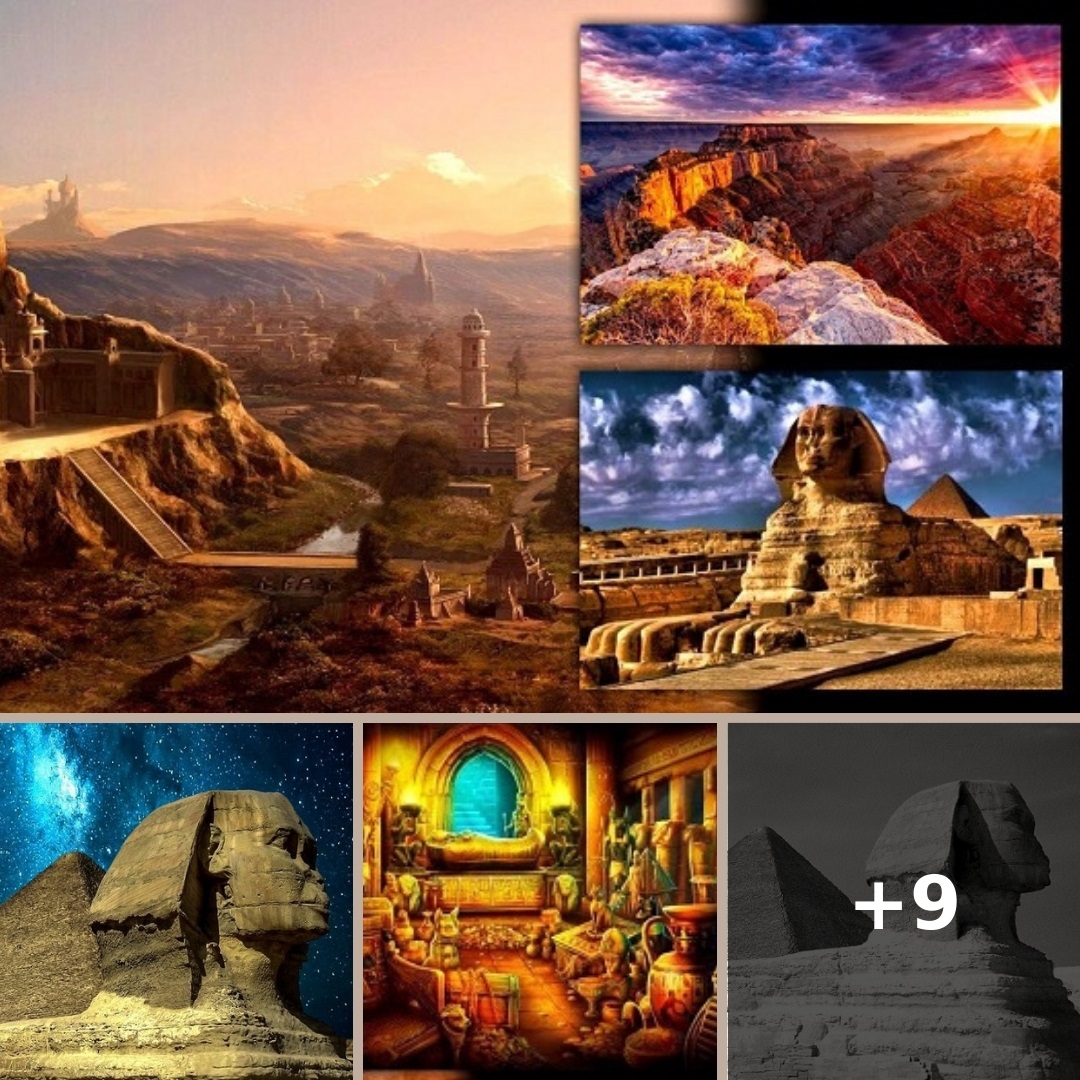For years, Egyptologists and archaeologists have thought the Great Sphinx of Giza to be about 4,500 years old, dating to around 2500 BC. But that number is just that ― a belief, a theory, not a fact. As Robert Bauval says in The Age of the Sphinx, “there was no inscriptions ― not a single one ― either carved on a wall or a stela or written on the throngs of papyri that associates the Sphinx with this time period.” So when was it built?
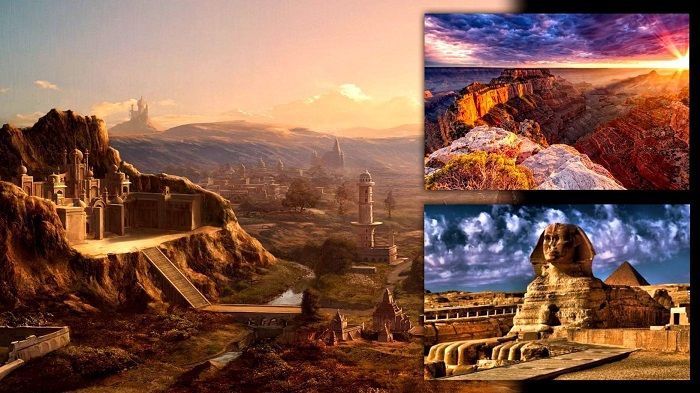
How Old Is The Sphinx?
John Anthony West, an author and alternative Egyptologist, challenged the accepted age of the monument when he noted the vertical weathering on its base, which could only have been caused by long exposure to water in the form of heavy rains. Rains! In the middle of the desert? Where did the water come from?
It so happens that this area of the world experienced such rains ― about 8,000–10,500 years ago! This would make the Sphinx more than twice its currently accepted age. On the other hand, author Robert Bauval, who is perhaps best known for the Orion Correlation Theory regarding the Giza Pyramid Complex, and his colleague, Graham Hancock, have calculated that the Great Pyramid (Sphinx) likewise dates back to around 10,500 BC.
However, some recent studies have suggested that the Sphinx was built as long ago as 7000 BC. Many archaeologists are supporting this theory called “precipitation-induced weathering” and the view contends that the last time there was sufficient precipitation in the region to cause this pattern of rainfall erosion on limestone was around 9,000 years ago, means 7000 BC.
Robert M. Schoch, a geologist and associate professor of natural science at the College of General Studies at Boston University, notes that the same heavy precipitation-induced weathering as seen on the walls of the Sphinx enclosure is also found on the core blocks of the Sphinx and Valley Temples, both known to have been originally constructed from blocks taken from the Sphinx enclosure when the body was carved.
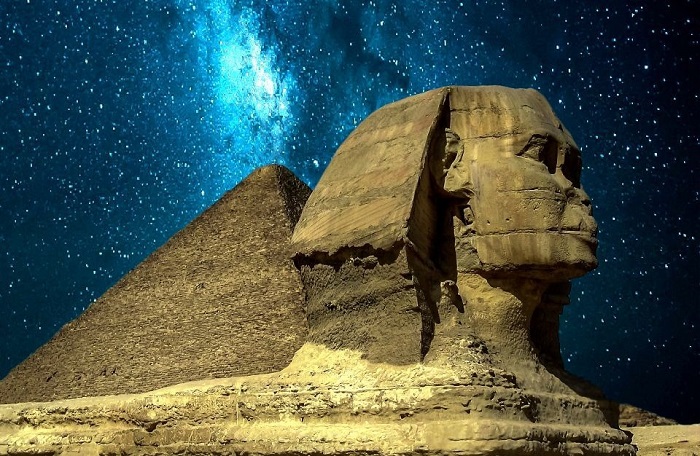
Is The Great Egyptian Sphinx 80,000 Years Old?
According to a study titled, “Geological Aspect of the Problem of Dating the Great Egyptian Sphinx Construction,” the Sphinx could be about 800,000 years old.
A comparison of the formation of wave-cut hollows on the sea coasts with erosion structures in the form of hollows observed on the surface of the Great Egyptian Sphinx permits a conclusion about the similarity of the formation mechanism. It is connected to water activity in large water bodies during the Sphinx submersion for a long period of time. Geological data from literary sources can suggest a possible Sphinx submersion in the Early Pleistocene, and its initial construction is believed to date from the time of most ancient history.
More precisely, the wave-cut hollows of the Sphinx suggest that, during the Calabrian Age, which lasted from 1.8 million years to 781,000 years ago, the Mediterranean sea waters began penetrating the Nile Valley and its level rose and created long-living water-bodies in the region at that time. Therefore, the theory indirectly says that the Great Egyptian Sphinx was created and existed atleast before 781,000 years ago from now.
If the world geological science will succeed in studying all the disputable Great Egyptian Sphinx aspects connected with the time of its construction and in proving an earlier age of construction, than the Old Egypt civilization, it will lead to new comprehension of history, and as a result, to reveal true motive forces of the intellectual development of civilization.
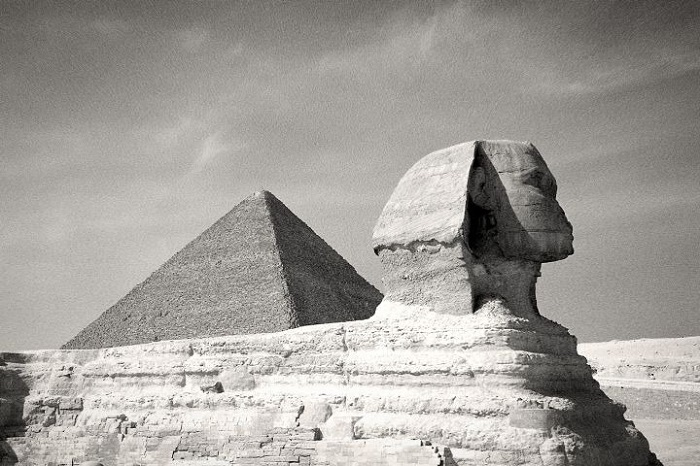
What Do The Traditional Egyptologists Say About These Theories?
More traditional Egyptologists reject these views for several reasons. First, a Sphinx built earlier than 7000 BC. would upset our understanding of ancient civilization, as there is no evidence of an Egyptian civilization this old.
Also, these new theories focus only on a specific type of erosion and ignores other evidence that would support an age of 4,500 years. Among these: The Sphinx is a rapidly weathering structure, appearing older than it is. Subsurface water drainage or Nile flooding could have produced the pattern of erosion, and the Sphinx is believed to resemble Khafre, the pharaoh who built one of the nearby pyramids of Giza. He lived circa 2603-2578 BC.
It’s exciting to contemplate the existence of an unknown civilization that predates the ancient Egyptians, but most archaeologists and geologists still favour the traditional view that the Sphinx is about 4,500 years old.
If the “precipitation-induced weathering” theory is the case and Bauval and Graham Hancock’s calculation is true then it raises the questions: Who built the Great Sphinx and the Great Pyramid of Giza nearly 10,500 years ago and why? Was there a different civilization from completely a different land on Earth behind the pyramids?
A Strange Claim That Connects The Egyptian Pyramids To The Grand Canyon:
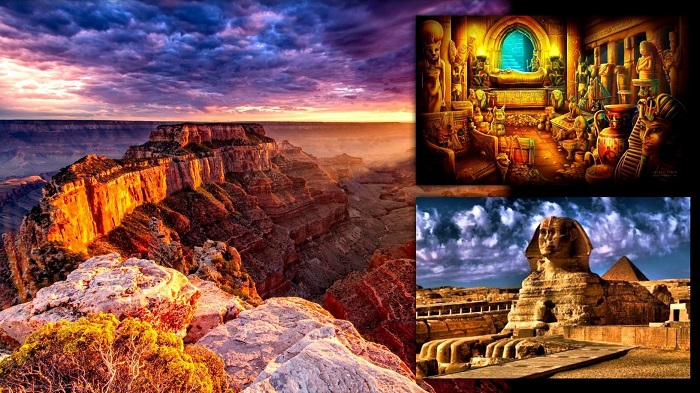
The April 5, 1909 edition of the Arizona Gazette featured an article entitled “Explorations in Grand Canyon: Remarkable finds indicate ancient people migrated from Orient.” According to the article, the expedition was financed by the Smithsonian Institute and discovered artifacts that would, if verified, stand conventional history on its ear.
Inside a cavern “hewn in solid rock by human hands” were found tablets bearing hieroglyphics, copper weapons, statues of Egyptian deities and mummies. Could there actually have been an entire civilization of Egyptians living there? If so, how did they get there?
Although highly intriguing, the truth of this story is in doubt simply because the site has never been re-found. The Smithsonian disavows all knowledge of the discovery, and several expeditions searching for the cavern have come up empty-handed. Was the article just a hoax?
“While it cannot be discounted that the entire story is an elaborate newspaper hoax,” writes researcher and explorer David Hatcher Childress, “the fact that it was on the front page, named the prestigious Smithsonian Institution, and gave a highly detailed story that went on for several pages, lends a great deal to its credibility. It is hard to believe such a story could have come out of thin air.”
The Grand Canyon is one of the most beautiful and awe-inspiring places in the United States. It stretches along 277 miles of the Colorado River, which runs through the bottom of the canyon. The Hopi Indians believe it is the gateway to the afterlife. Its sheer immensity and mystery attracts millions of visitors from around the world every year.
But what those people probably don’t know is that the Grand Canyon might once have been the home of an entire underground civilization. But where are they now? And why did they abandon the canyon? ― These questions remain a great historical mystery to this day.
Conclusion:
Maybe the ‘Egyptian Treasure in the Grand Canyon’ claim is untrue, because at present there is no basis for it. But how accurate we are about the fact that there was no civilization before 10,500 years ago in Egypt, or that there was no reason other than ‘housing the tomb of the Pharaohs and their families’ behind the construction of the Great Egyptian Sphinx and Pyramids?
